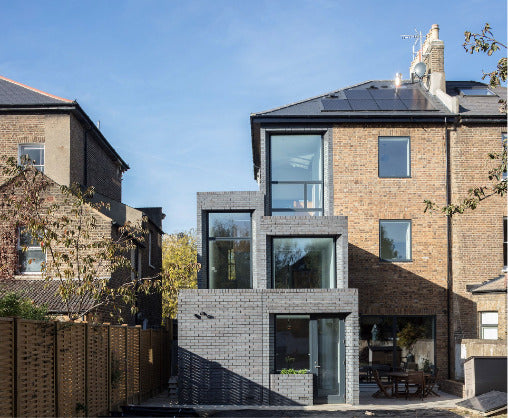Preparing and submitting a planning application can seem a daunting task if you are not familiar with the process. This blog is intended to provide you with helpful tips that can contribute to ensuring your planning application submission is comprehensive and most likely to be accepted by both the Council’s ‘validation team’ and then subsequently have a smooth application process once it has been allocated to a Planning Officer.
Common reasons applications are invalid or get refused
Before we jump in, you need to know four common reasons why applications are found to be either invalid or later refused:
-
Submitting plans that do not have scale bars or plans that are not correctly drawn to scale. It is always recommended that your architect/ designer works from CAD drawings so that changes can easily and quickly be made.
-
Failing to complete the planning application form fully and correctly.
-
Providing incorrect ownership certificates and/or not serving notice on any other legal owners where required.
-
Failure to understand crucial planning policies that could restrict the development of your site. For example, your proposal for a new house could be in an area of open countryside where there is a strong presumption against any new development.

1) Detail detail detail!
Include as much information, justification and evidence within your planning application as possible. The more you include, the more robust your submission is likely to be; it is not uncommon for Planning Officers to raise queries during the application process because they don’t have enough information. By providing all relevant information up front, you can help to minimise any delays.
2) Be proactive, not reactive
The validation and Planning Officers are both likely to be extremely busy and at a time when planning departments are struggling with resources, they will appreciate you taking a proactive approach. Provide all the information that is likely to be required upfront, rather than waiting for the Officer to ask for it later in the process. Not providing all the information required not only causes delays to your project but it can mean the application does not remain a priority for the Planning Officer who will most likely be working on a wide range of cases at any one time.
3) Understand your local policy
Regardless of how simple your proposal may appear to be, it is important your submission adheres to the relevant planning policies set out by national policy (this is known as the National Planning Policy Framework) as well as your local policy documents which will be available on your Council’s website.
More basic householder proposals, such as residential extensions won’t have too many relevant policies that need to be considered but there will be general design principles that should be followed and there could be restrictions in terms of materials used and size of extension.
For more complicated proposals, for example changing the use of a pub to a house or extending or altering a listed building, the planning policy context will be more complicated and you may find it beneficial to engage the specialist services of a Planning Consultant to help guide you through the process and ensure your planning application is supported by all necessary information.
It can also be helpful to utilise your Council’s online planning portal to look for examples of similar proposals in your area that have successfully been awarded permission to see what level of information was provided.
4) Validation requirements
Anyone can submit a planning application using the Government’s online Planning Portal; however, pressing ‘submit’ does not necessarily mean the Council will accept your application and ‘validate’ it.
Whether your application is validated or not, depends on whether you have provided all the necessary information as set out by the national and local planning application requirements. Most Council’s have a ‘local validation checklist’ available online. Before you submit your planning application check you have provided everything on the validation list.
Also note that just because your application is ‘valid’, it does not mean a Planning Officer will not ask you for additional information.
It is also important to make sure that you pay the correct application fee at the point of submission. The Planning Portal has a helpful online calculator but should you have any doubt, it is recommended you contact your local planning authority and check what fee applies prior to submitting your application.

5) Planning appeals
Despite your best efforts, there can be occasions where your planning application is refused and you find yourself landed with a refusal notice. Although this can be a stressful situation, it is important to remember that it’s not the end of the road.
You have the right to appeal to the Planning Inspectorate within 3 months (for householder applications) or within 6 months (for non-householder applications).
Conclusion
If you choose to submit the appeal yourself without specialist advice from a Planning Consultant, make sure you carefully read the reasons for refusal and digest either the planning officer’s report, or if your application was determined at a planning committee, read over the Committee’s minutes of the meeting, to make sure your Appeal Statement directly addresses the issues raised. It is recommended that you also read the Planning Appeals: Procedural Guide which is available on the Government’s website. For more information about writing your own planning application, check out the various Planning Genie Masterclasses for specific guidance for your needs.


